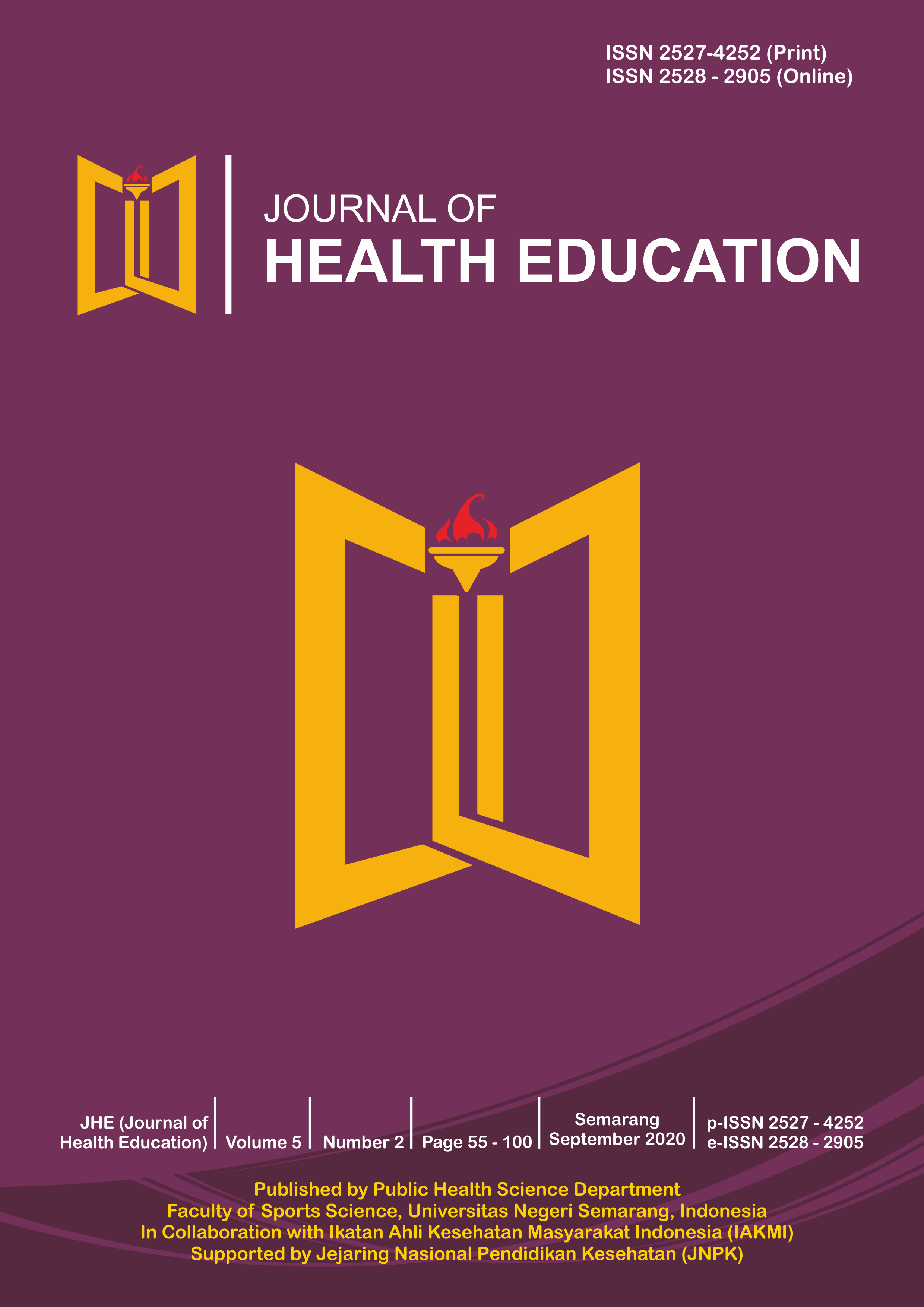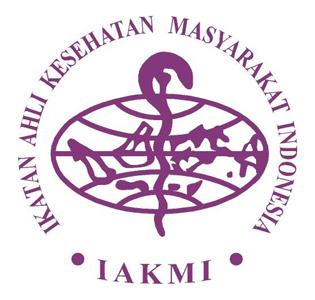Validity of the Eye Health Literacy Measurement Instrument for Elementary School Students
Abstract
Background: Research on eye health among elementary school students in Semarang City showed that 22.5% had refractive errors, 36.3% had unhealthy habits such as looking at smartphone screens for too long and reading distance < 30 cm. This indicates that eye health literacy in elementary school children is still lacking. The study aimed to develop an eye health literacy instrument for elementary school children. The development research design was utilized to develop an instrument for measuring eye health literacy. This process consisted of three stages: preliminary study, development, and testing. A focus group discussion (FGD) was conducted to determine the dimensions and parameters of eye health literacy. Instrument testing was carried out through the assessment of five experts in the field of eye health. Content validity was calculated using the Aiken V formula. The study developed an instrument for eye health literacy consisting of 4 dimensions: 1) knowledge about eye health, 2) access to eye health information, 3) skills to maintain eye health, 4) access to eye health services. The expert validity test using Aiken's V coefficient showed that each item in the eye health literacy instrument was considered as valid (coefficient ≥ 0.92).
Based on the results of the study, it can be concluded that the developed eye health literacy instrument is proven to have high content validity. It is suggested that further research is needed for the external testing stage.






